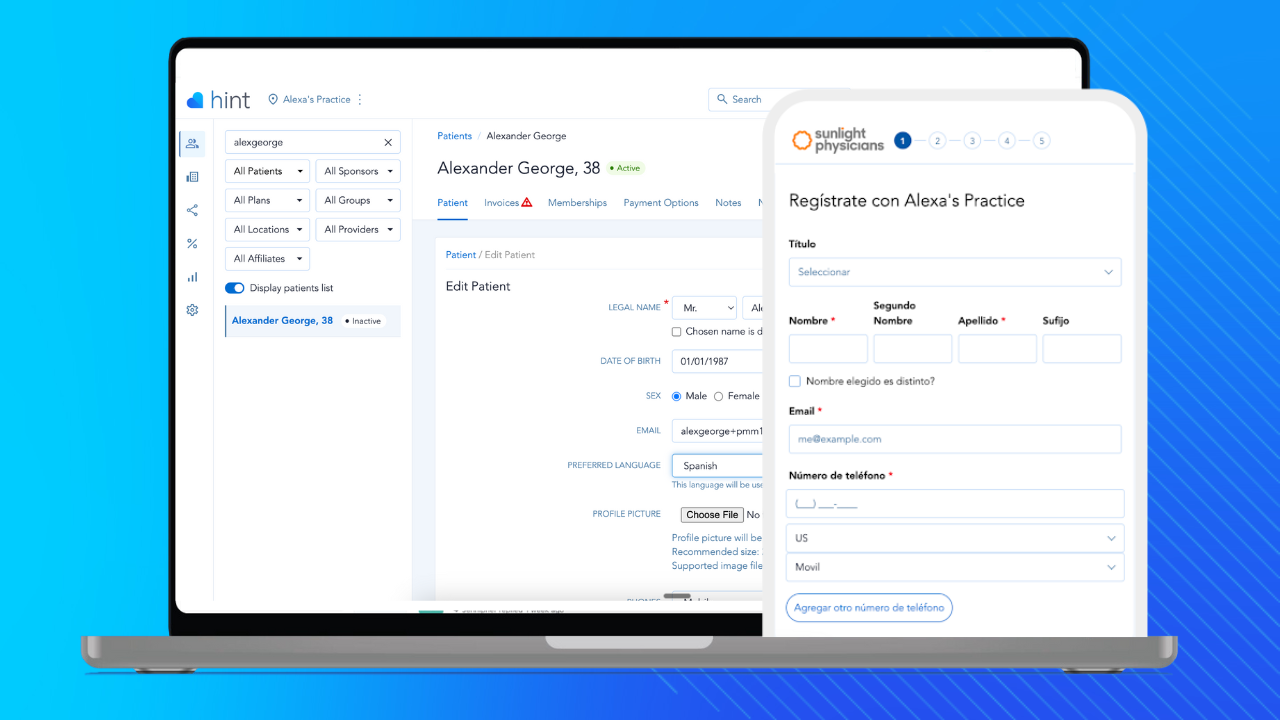Employers that move to the Direct Care payment model save up to 40% on their healthcare costs [1]. Direct Care is a rapidly growing health care model where employers pay a flat monthly fee per employee for membership in an all-inclusive primary care practice. Services typically included in that monthly fee are: “basic checkups, same-day or next-day appointments, and--a big boon to patients--the ability to obtain medications and lab tests at or near wholesale prices.”[2] Direct Care is also renowned for creating better care by allowing physicians to give “more time and attention... to meeting the needs of each patient.”[3] Eliminating the bureaucracy of the third party payer system allows Direct Care practices to deliver better quality care at stunningly low prices, driven primarily by efficiency improvements in the streamlined billing process.
Innovative employers are moving to Direct Care because it provides a dramatically better experience for their employees, often a key differentiation for employers in competitive job markets [4], while saving money due to the increased emphasis on preventative measures that reduce downstream insurance claims. The savings are so dramatic that most employers are willing to pay for the entirety of a Direct Care subscription to enroll as many employees as possible. All of these benefits are demonstrated in this case study between Nextera Healthcare, a Direct Care provider in Colorado [5], and their employer partner, publicly traded satellite company Digital Globe.
An Affordable Alternative to Employer-Sponsored Health Insurance
At a time when many companies face the challenge of finding affordable health insurance, Direct Care shows significant savings. During their 7 month trial with Nextera, Digital Globe saved $99.99 per member per month for every employee enrolled in the program; a total savings of $221,442 over the 7 months [6]. These savings are even more significant when compared to the total cost of the Nextera program, a total of only $96,000 (or $54.31 per member per month). In short, by spending only $96,000, Digital Globe saved over $221,000 in downstream health care costs. Much of the savings came from decreased referrals to specialists and orders for unnecessary tests that are all too common under the traditional fee-for-service billing models [7][8]. Direct Care groups also pass through their operating margin improvements of up to 40% with the elimination of insurance billing requirements, to dramatically reduce the total cost of care [9][10]. Since opting out of insurance contracts allows solo Direct Care practices to break even on just four patients per day rather than 32 in today's fee-for-service model, Direct Care physicians can dramatically reduce their cost of care while still leaving their patients feeling more satisfied than traditional care [11].
More Effective Employer-Sponsored Health Care
The study found that early intervention saves both money and lives. Nextera found “serious health issues (specifically, pre-cancerous conditions, pre-diabetes, and early stage liver cirrhosis)... during routine checkups or unrelated treatments--healthcare encounters that the participants readily admit might have been postponed or neglected in the past.”[12] Found early, these issues have much better prognoses and employees stay more productive during the treatment. On the financial side, diabetes is a particularly tangible example for employers. Because a diabetic employee costs approximately $10,000 more per year in health care coverage than a non-diabetic, Direct Care’s ability to promote frequent doctor visits is likely to save employers significant money by addressing pre-diabetes behavioral issues before the disease progresses.
Traditional health care isn’t financially incentivized to provide the same level of prevention, in part due to the overwhelming volume providers in that model are forced to service each day. Direct Care providers often include free remote visits and 24/7 emergency services, which “saves money by reducing the need for emergency department visits and hospital stays.”[13] Experts like Dr. Stephen Schimpff agree that, while paying a subscription can initially seem off-putting, it “will cost a lot less than going to an urgent care center or an ER.”[14] Preventative medicine has been long known to be more impactful than reactive medicine [15], and Direct Care is it’s most effectively implementation to date.
Lower Employer Health Insurance Claims
Not surprisingly, employers generally find that enrolling in Direct Care decreases the cost of their health insurance claims. For Digital Globe, the savings with Nextera were significant: claims for Nextera members decreased 25.4% in the period of the study (from $283.91 per person to $211.93), while claims amongst Digital Globe employees who opted out of the program only decreased 4.1% (from $408.31 to $388.09) [16]. Claims for the opt-out patients in question were driven by specialist care and medications. By decreasing the need for specialists and medications, Nextera provided better care to their group of Digital Globe patients and returned the savings to the business. Since “medical providers will tell you that over 75 percent of health care can be provided in a primary care setting”[17], it comes as no surprise that Direct Care saves money from being spent on unnecessary specialists and medications.
To get Employees on Direct Care, Pay the whole Membership Fee
For employers, paying the entire Direct Care membership fee can actually be more cost-effective than splitting it with employees. During their trial period, Digital Globe paid the full price of the membership fees for any employee who opted into the program. After the trial ended, Digital Globe chose to split the cost 50-50 with employees for the following year. Not surprisingly, employees were much less likely to enroll in the program when they were required to pay some of the fees themselves. Even “several employees who were very happy with and engaged in the program, chose not to re-enroll in 2016 when employees were asked to pay 50% of the monthly charge.”[18] Since the savings from Direct Care will continue to compound on themselves, most employers should consider paying the full rate for their employees in order to reap the full benefits of the strategy. Since the ROI of Direct Care is typically in the double-digits [19], the cost savings more than cover the additional incremental spend.
Direct Care: Also a Solution for Small Business Health Care
While it most clearly works for large employers like Digital Globe, Direct Care "coupled with a high-deductible health insurance plan, can oftentimes be an outstanding and relatively affordable solution for entrepreneurs and small business.”[20] If you’re an employer who would like to explore a Direct Care strategy, there are plenty of options. Please get in touch and we’ll be happy to direct you to the appropriate resources. For Direct Care providers looking to partner with more employers, Jed Constantz’s series of webinars provides strategies for forming an effective partnership. And, as always, Hint’s community of Direct Care physicians is eager to collaborate around this process. Together, we can improve corporate health care while decreasing costs for everyone.





